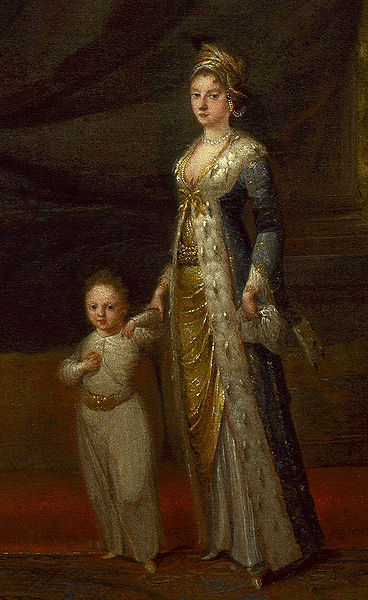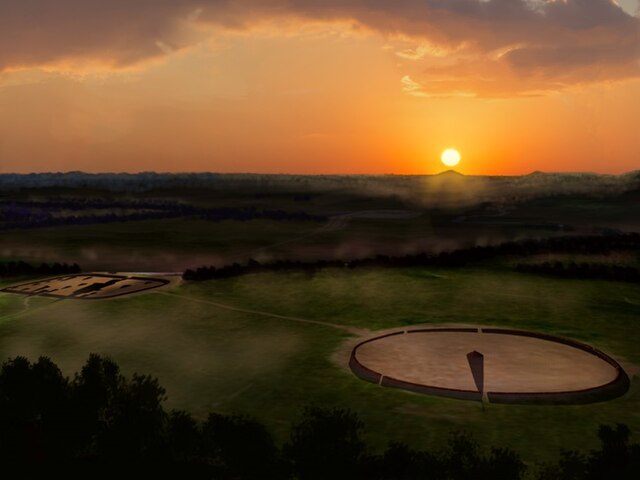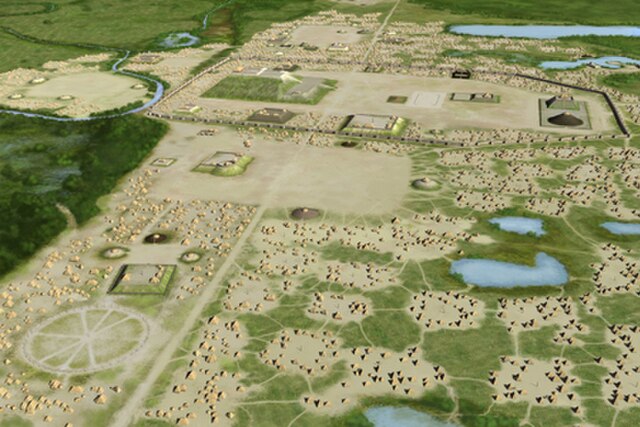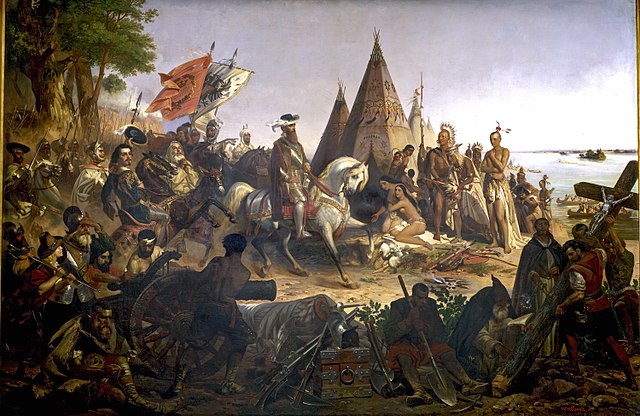The history of smallpox extends into pre-history. Genetic evidence suggests that the smallpox virus emerged 3,000 to 4,000 years ago. Prior to that, similar ancestral viruses circulated, but possibly only in other mammals, and possibly with different symptoms. Only a few written reports dating from about 500 AD to 1000 AD are considered reliable historical descriptions of smallpox, so understanding of the disease prior to that has relied on genetics and archaeology. However, during the 2nd millennium AD, especially starting in the 16th century, reliable written reports become more common. The earliest physical evidence of smallpox is found in the Egyptian mummies of people who died some 3,000 years ago. Smallpox has had a major impact on world history, not least because indigenous populations of regions where smallpox was non-native, such as the Americas and Australia, were rapidly and greatly reduced by smallpox during periods of initial foreign contact, which helped pave the way for conquest and colonization. During the 18th century the disease killed an estimated 400,000 Europeans each year, including five reigning monarchs, and was responsible for a third of all blindness. Between 20 and 60% of all those infected—and over 80% of infected children—died from the disease.

Female smallpox patient in London, c. 1890
Variola lesions on chest and arms
Indigenous victims (likely smallpox), Florentine Codex (compiled 1540–1585)
Lady Mary Wortley Montagu with her son, Edward Wortley Montagu, who was variolated in March, 1718 by Dr. Charles Maitland
Native Americans in the United States
Native Americans, sometimes called American Indians, First Americans, or Indigenous Americans, are the Indigenous peoples of the United States or portions thereof, such as American Indians from the contiguous United States and Alaska Natives. The United States Census Bureau defines Native American as "all people indigenous to the United States and its territories, including Native Hawaiian and Other Pacific Islanders, whose data are published separately from American Indians and Alaska Natives". The U.S. census tracks data from American Indians and Alaska Native separately from Native Hawaiian and other Pacific Islanders, who include Samoan Americans and Chamorros.
Comanche Indians Chasing Buffalo with Lances and Bows, a mid-19th century portrait depicting the Comanche tribe by George Catlin, now on display at the Smithsonian American Art Museum in Washington, D.C.
Shriver Circle Earthworks and the Mound City Group (on the left), c. 200 BCE to c. 500 CE, depicted in a 2019 portrait
A 2013 illustration of Cahokia, the largest Mississippian culture site, c. 1050 CE to c. 1350 CE
Spanish Empire explorer Hernando DeSoto greeting Native Americans on the Mississippi River, c. 1541, depicted in an 1853 portrait by William Henry Powell, which now hangs in the United States Capitol rotunda in Washington, D.C.








